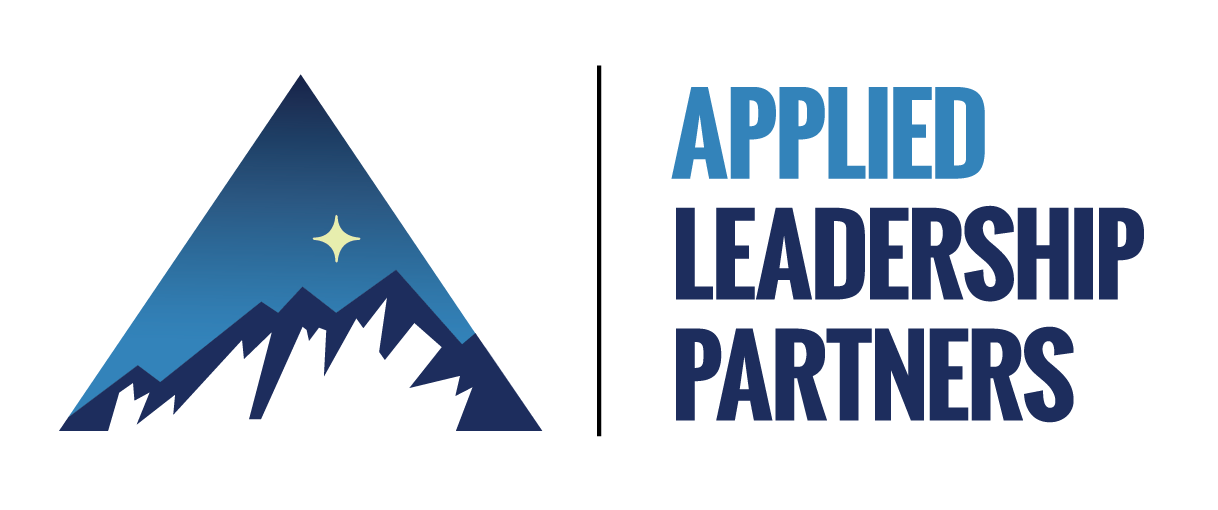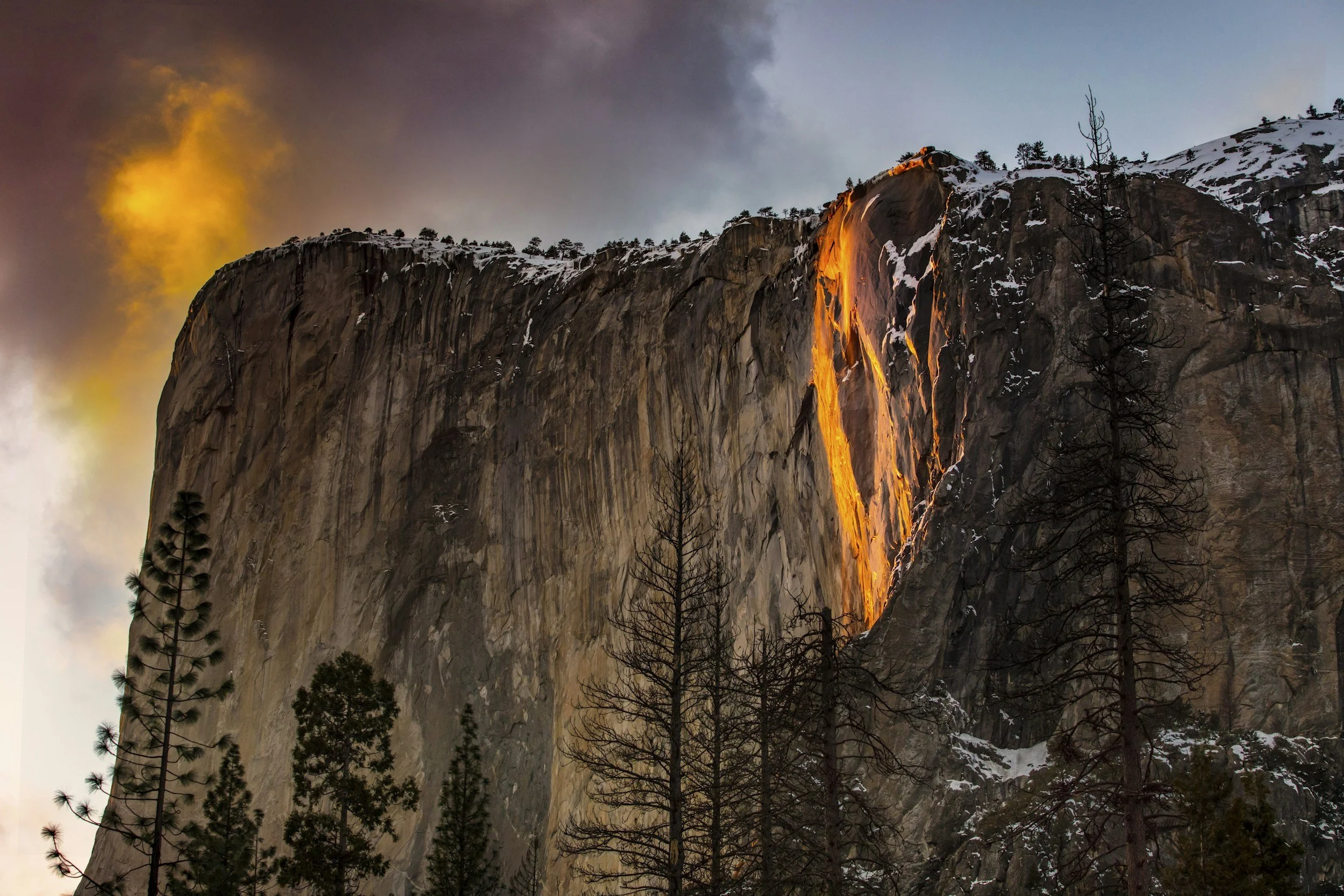This year, I conducted a social media experiment. I invested more time on Instagram, hoping it would help us get the word out about the book. I’ve had some ups. I’ve had some downs. But mostly, I think I’ve had enough.
The upside of the year was that I had a lot of fun making reels and putting music to moments. The platform is user-friendly, and I enjoy creating fun and funny posts that aim to inspire. I also enjoyed sharing podcast clips from some really great creators, and the instant messages from old friends and colleagues were awesome.
The downside of the year was that I mostly felt dissatisfied, disappointed, and depressed, with an urge to buy more stuff. I was dissatisfied with the minimal engagement my posts generated. I was disappointed that when I did get engagement, much of it included spam comments like, “share on @somestupidbotsite,” and “share on @Imnotahuman,” etc. I also felt a general malaise seeing so much meanness and divisiveness. And to make matters worse, I felt like buying shit I didn’t need and started wondering why. One day, I noticed that every other post in my feed was an ad. Right. Duh, Brandon! “If you’re not paying for the product, you are the product,” The Social Dilemma.
I had been feeling lukewarm about the time I was investing in the platform and the lack of perceivable impact, when I received an Instagram notification that helped me finalize my thoughts. It was a message about my performance intended to grasp my attention and prod my efforts. The message was, “Your views have room to grow,” accompanied by a graph showing week-over-week post engagements. The real kicker, though, was the suggestions on what I could do to increase engagement, by showing me what content is getting engagement with my “followers”.
Photo courtesy of The Atlantic
The three reels I should model my content after included a multicar pile-up, a senator humiliating another American in a hearing, and a balaclava-clad teenager dancing to a song about being a redneck while shooting at the camera with his hands as if they were pistols.
Catastrophic violence. Political violence. And juvenile violence.
More violence.
Violence sells. Violence also (by definition) destroys.
No thanks.
And no wonder.
It's no wonder that divisiveness is at an all-time high in our country. A 2024 Gallup Poll showed “80% of U.S. adults believe Americans are greatly divided on the most important values.” We have platforms encouraging more divisive political rhetoric, and more politicians prioritizing performances for their audiences over progress for our citizens. These are non-serious people talking about all the “problems” in the world without trying to solve them. The serious people are the ones doing the real work to address human needs. Serious people seek compromise in a world that rewards divisiveness because serious people know that compromise is required to get shit done.
Serious actions are non-sexy, non-viral, and non-marketable. Serious people get to work. Non-serious people “get the shot”. You can’t generate ad revenue if you’re too busy waving cars past the wreck instead of capturing the wreckage to share. You can, however, care for those who have been devastated or injured by the accident.
It’s also no wonder we’re seeing stark increases in mass shootings and school shootings. A study conducted by the American College of Surgeons found, “the number of school shootings annually has increased from 20 incidents in 1970 to 251 in 2021,” representing a twelvefold rate of increase. I understand the juvenile fixation with violence. I was raised on Rambo and Commando, and I was enthralled by violence as a juvenile until I experienced real violence in real life. When the bullets start cracking overhead, you realize that real brutality has real, life-long consequences. I pray this young Influencer never actually has to experience the type of violence he mimics, and I’m sad so many people are rewarding his cosplay.
Photo courtesy of Louisiana State University
Too many of us are accepting this type of unacceptable behavior with inaction and empty words.
“This is unacceptable!” I heard this sincere statement of pained outrage last month after the Evergreen High School shooting on September 10, 2025. I heard, “This is unacceptable!” in May of 2019, after the STEM School Highlands Ranch shooting that my children were in. I’ve heard “This is unacceptable!” after every other shooting that occurred between then and now. Clearly, it is acceptable. Acceptable and encouraged on our social media platforms, like Instagram, which nearly half of American adults use.
Will we do anything about it?
I can't answer that question corporately, but I can answer it individually. While Instagram is not the singular source of the proliferation of violence in America, it’s certainly a contributor to it. One that I can either opt into or opt out of altogether. Oh, sure, I can pick a third way, like use my account sparingly to only share good, but otherwise steer clear of the bullshit. But the truth is, that’s what I intended to do in the first place, but the gravity of the platform had its pull on me.
I think I’ll take the latter option and opt out. I can’t in good conscience say that Instagram makes my life markedly better, but I can say that a platform encouraging violence and division is not a platform I wish to engage with.
For what it’s worth, I think we are well to ask ourselves what we are getting out of our investment in these platforms? It’s clear to me what Instagram is getting out of it. Money. Lots of it. With seemingly minimal concern for the adverse effects on users.
A 2025 Wall Street Journal article about the proliferation of scammers on Meta platforms (such as Instagram and Facebook) noted that, “Current and former employees say Meta is reluctant to add impediments for ad-buying clients who drove a 22% increase in its advertising business last year to over $160 billion. Even after users demonstrate a history of scamming, Meta balks at removing them.” It’s also clear to me that perverse incentives are involved, where profit is prioritized over the protection of others. I don’t feel great about that either.
Again, I’m not here to tell anyone what they should do with their time and attention; I’m just sharing what I’m going to do with mine based on what I’ve learned this year on Instagram.




